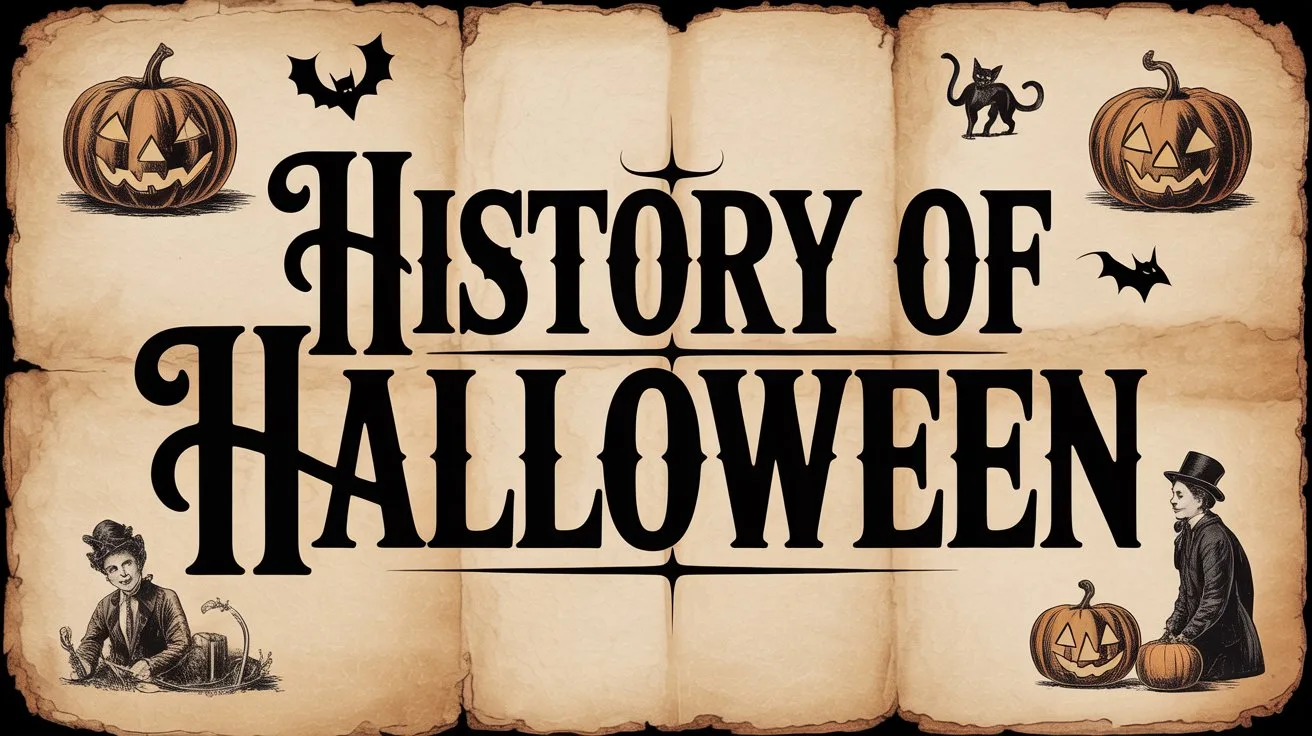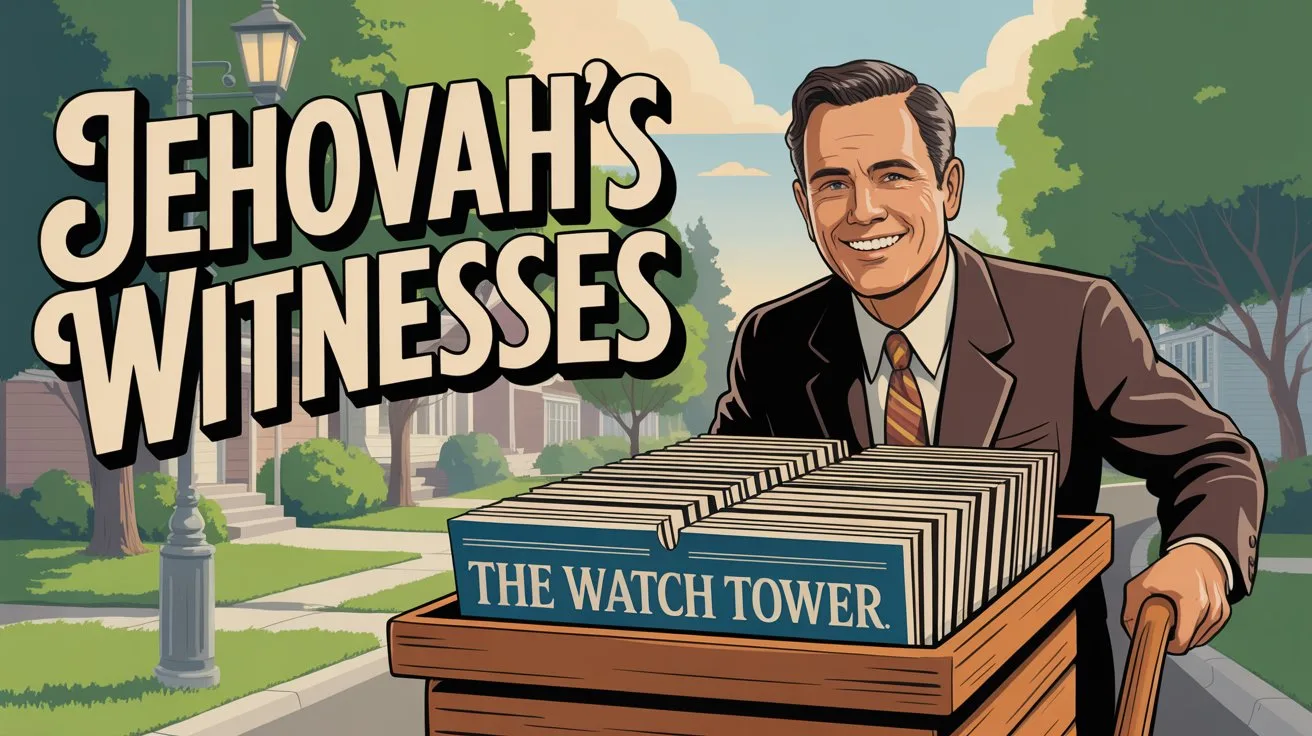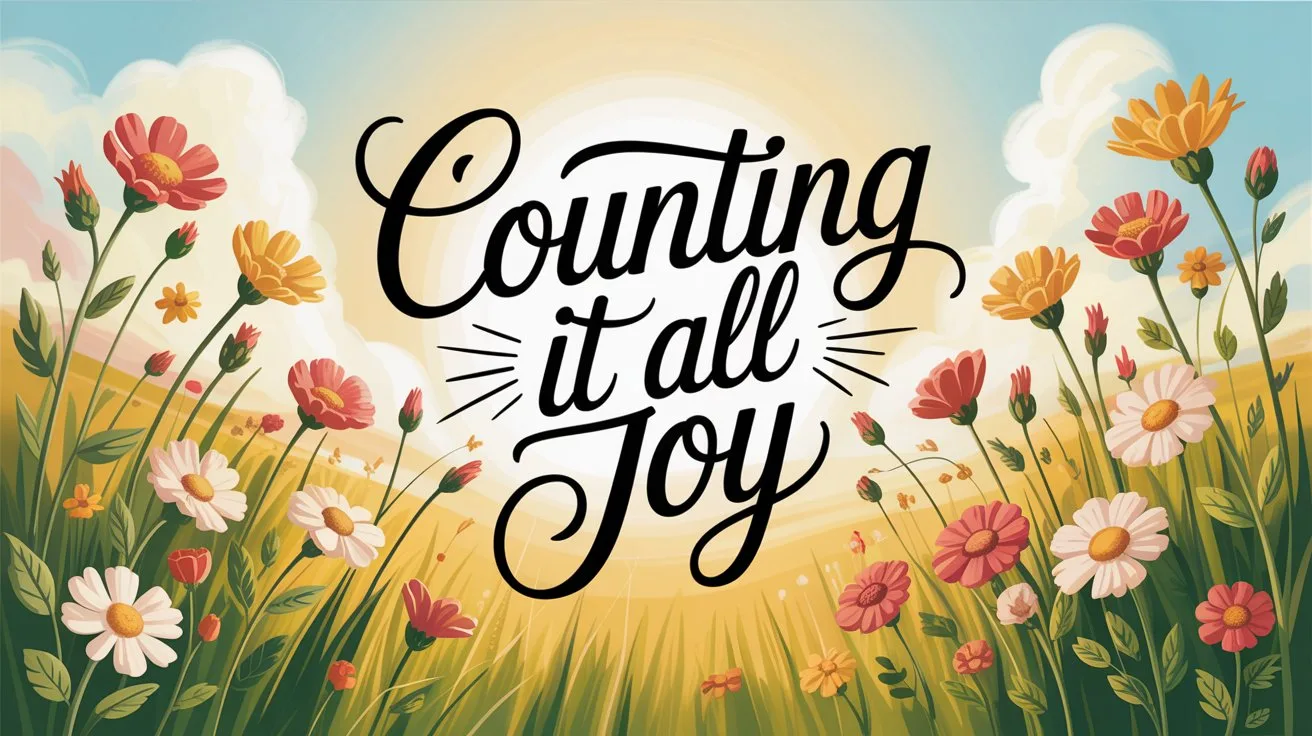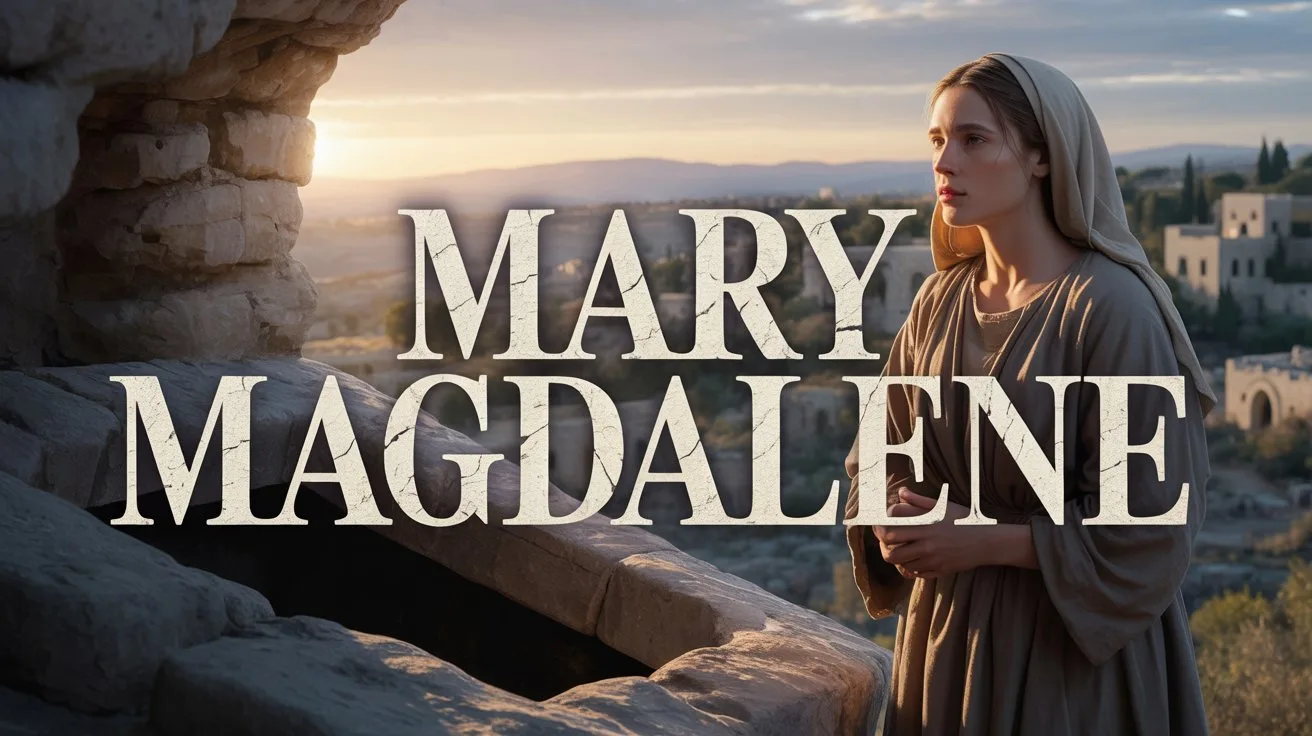The tree of life appears in both the beginning and the end of Scripture, representing eternal life, divine sustenance, and unbroken fellowship with God. It was first placed in the Garden of Eden. Genesis 2:9 says, “And out of the ground the Lord God made every tree grow that is pleasant to the sight and good for food. The tree of life was also in the midst of the garden.”
The tree of life provided the gift of immortality and was accessible to Adam and Eve before the fall. However, after they sinned by eating from the tree of the knowledge of good and evil, God removed their access to the tree of life. Genesis 3:22-24 explains, “He drove out the man; and He placed cherubim at the east of the garden of Eden… to guard the way to the tree of life.” This was not only judgment but mercy, preventing them from living forever in a fallen state.
The tree of life reappears in the final chapters of the Bible, in the New Jerusalem. Revelation 22:2 says, “In the middle of its street, and on either side of the river, was the tree of life… and the leaves of the tree were for the healing of the nations.” Its fruit and leaves provide continual life, healing, and communion with God in the restored creation.
Access to the tree of life is restored through Christ. Revelation 2:7 says, “To him who overcomes I will give to eat from the tree of life, which is in the midst of the Paradise of God.” Jesus, who is Himself the life (John 14:6), is the one through whom eternal life is granted.
The tree of life shows us that what was lost through sin will be fully restored through redemption, and that in Christ, eternal communion with God is our sure inheritance.







